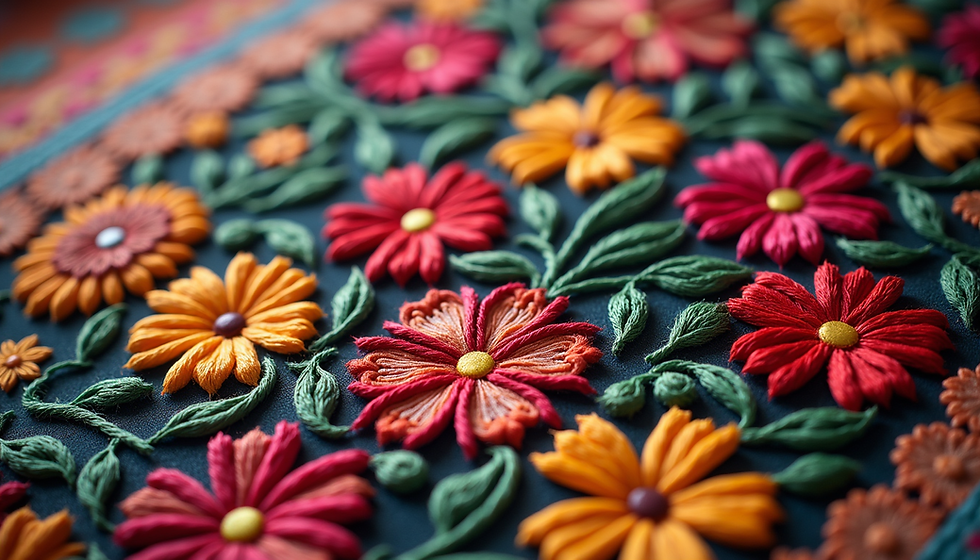- JKAF
- Aug 7, 2022
- 4 min read
Naranag group of Temples

By: Showkat Rather
Kashmir is full of archaeological sites and monuments right from the ancient period. There is a large number of heritage monuments dotted on the surface of Kashmir soil like the Palaces, the sarais, the forts, mosques, temples etc. Most of the monuments are in ruined and dilapidating conditions and other existing structures are neglected and waiting for restoration and preservation. . Naranag is one such structure built during the Karkota period. Naranag (34.213°N 74.583°E) is situated around 06 Kms from the River Sind. The small Village of Naranag is located on the left bank of the tributary of the Sind River, known as Wangath River. Naranag is almost 50 Kms from Srinagar in Ganderbal District. Noted for its Scenic meadows, lakes and mountains it is a base camp for trekking to the Mount Harmukh 16,870ft (5,142 meters), Gangbal lake and Satsar (the seven lakes). One of the famous tourist attractions of Naranag is the Naranag group of temples, much of which lies in ruins today but is great for sightseeing. The monument looks fascinating with huge rock blocks resting over one another. Historians believe it was built in 8th century by King Lalitaditya, and was dedicated to Lord Shiva as is quite obvious because of the presence of shivlingas here- in the temples and on the carvings. The architecture of the temple is also said to be of that period.
Naranag is the modern name of ancient “Sodaratirtha” which was an important place of pilgrimage from early times (Kak, 1933). The site consists of group of temples facing each other at a distance of approximately 200 meters. All the temples are more or less in ruins. The stone used is the grayish granite which is found in abundance at the place (Kak, 1933) (Malla, 1990). Neelmata repeatedly makes mention of Buteshwara Teertha or Sodar Naag or Sodar Teertha. Kalhana too makes repeated mention of Sodar Naag or Naran Naag in Rajatarangini, and calls it Buteshwara or Butesha and Sodar Teertha.
Kalhana makes it clear that this temple complex was patronized by various kings of Kashmir. Kalhana notes in Rajatarangini that Ashoka built the city of Srinagari in the 3rd century BC. His son Jalauka, 220 BC, built the Shaivite temples Bhuteshvara, Jyestarudra, and Muthas in the Wangath valley around the holy spring of Naranag. The “Wangath temples’ were built in three groups, around the same time as the “Shankaracharya Temple’ in Srinagar and the Bumazuv temple near Mattan. Kalhana states that this Temple Complex was patronized by various kings of Kashmir. King Jalauka built a stone temple at the site of the spring Naranag. King Jayendra (61 BC) used to worship Shiva Bhutesha at the shrine. Lalitaditya Muktapida (713-735 AD) donated a good sum of money to the shrine after his victorious expedition. King Avantivarman (855-883 AD) built a stone pedestal with a silver conduit at this shrine for the bathing of sacred images. Kalhan’s father Champaka and uncle Kanka also frequented the site. The Teertha had a large number of purohits who were paid handsome salaries from the endowments created for the shrine. As per Kalhana, the treasure of this shrine was plundered by King Sangramraja of Kashmir (1003-28 AD), during King Uchala”s time (1101-1111 AD) and later by the rebel baron Hayavadana. This temple complex was built by Lalitaditya Muktapida one of the most celebrated kings of Kashmir of the Karkota Dynasty.
These temples are perfect examples of Vastu Shastra . The temple follows the architectural style of Awantipora, Parihaspura, Pattan and Mattan Temples. Locally these temples are also known as Lower and Upper group of Temples.
The principal temple in the eastern group or in the upper group is dedicated to Shiva and has been identified with the temple of ‘Bhuteshwar’ mentioned in the 4th book of Rajatarangini. The principal temple in the western group or in the lower group is also dedicated to Shiva and has been identified with ‘Jyeshtheswar’ mentioned in the 4th book of Rajatarangini. Around these two temples several smaller temples were also built (Brown , 1976). The construction of the smaller temples, except temple no. 3, around the main temple appears to be after Lalitaditya’s period as the planning and the orientation of the various temples are neither symmetrical nor uniform.

Main temple, Eastern group of Temples

Main Temple, Western group of temple

Third group of Temples
The temples were declared protected monument of national importance under the Ancient Monuments and Archaeological Sites Act, 1958, many years ago. A notice board was erected within the temple complex warning of legal action against those who cause damage to it. But Naranag, a combination of nature’s beauty and man’s marvel, is in shambles today due to official apathy, particularly the negligence shown by the Archaeological survey of India (ASI). For the last couple of years, no renovation or repair work is taking place at most of these sites of historical importance. Many of the sites started crumbling and Naranag is the worst hit. A wall constructed to protect it from encroachment is the only thing done by ASI and it appears that the sacred spring has not been cleaned for ages. Naranag is one of the hidden gems of Kashmir. ASI and State Archeology Department of Kashmir should come forward to preserve and protect the site for future generations and develop it as a heritage site.



Comments